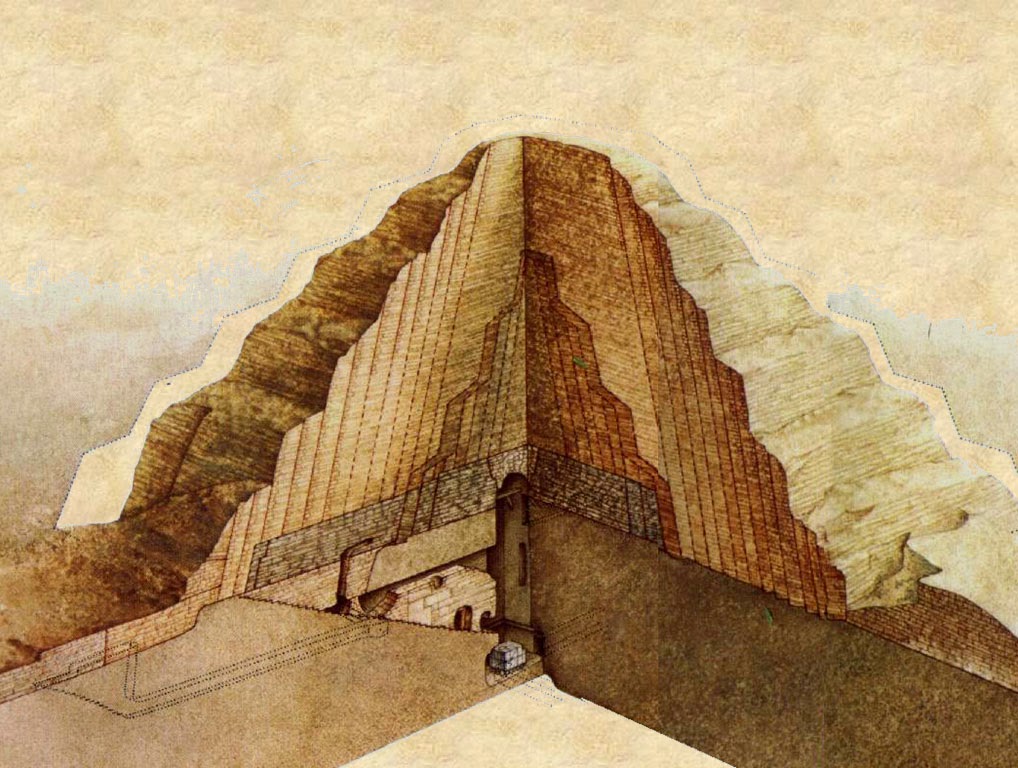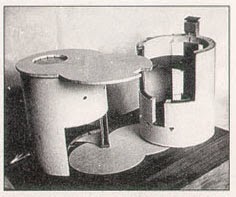
ESPAÑOL
One of the most celebrated keynote speeches at the XXV World Congress of Architecture in Durban, was presented by the African architect Diébédo Francis Kéré, born in the small village of Gando in Burkina Faso, one of the poorest countries in the world.
Kéré gave a lecture whose pillars were the importance of communal work and the use of local materials, especially earth, and traditional techniques but with spatial and technical innovation, in order to promote sustainable practices.
African traditional architecture makes frequent use of the mud.
With his characteristic spontaneity, Kéré recounted having to move from his small village, where there was no electricity nor school, to a distant city, as his father wanted him to learn to read and write. Later, he won a scholarship which allowed him to study architecture at the Technical University of Berlin, Germany. During his studies he established a foundation and with the help of his friends he managed to collect $ 50,000. Subsequently, he returned to his hometown and used that money to build a school, using local materials and local labor from the community.
Beyond this noble gesture, it is noteworthy his innovative capacity and ability in design, which shows that large budgets or luxury materials are not indispensable to create memorable and useful architecture. It is very inspiring to see how Kéré managed to provide plastic quality and practical functionality from simple and austere environments.
However, his proposal to use clay was not welcomed by the members of the community, who wanted to use more "Western" materials. However, he manage to convince them to use traditional materials with experimental techniques such as steel rods to reinforce the clay, vaulted elements or manually tamping clay to make the floor, which then was polished by hand with stones, Kéré and the community successfully developed its first school in Gando.
Various stages of tamped earth on the floor
The volume of the primary school, inspired by the rationality of Mies van der Rohe, was provided with a prominent overhanging roof. The open ceiling allows natural ventilation in place that otherwise could reach up to 45 ° C in summer.

After the development of the school, other facilities were added. For the library, he used an interesting strategy, reusing clay pots, slicing them and place them as skylights, obtaining a rich internal game of light and shadow.


His innovative use of earthen architecture led him to develop several projects in Burkina Faso (as the Opera Village and Centre de Santé et Promotion Sociale) and Mali (as the National Park of Mali and the Centre de l'Architecture en Terre).
Opera Village, Laongo, Burkina Faso
Secondary School, Dano, Burkina Faso
Centre de Santé et Promotion Sociale

Surgical Clinic and Health Center, Léo, Burkina Faso
Centre de l'Architecture in Terre, Mopti, Mali
However, his production is not limited to projects in Africa, since he was the of a competition for the rehabilitation of Oxford-Kaserne in Münster, Germany, a project of urban renewal that integrates historic buildings to new facilities, as well as an integrated proposal of landscape architecture.
He has also participated in the exhibition "Sensing Spaces: Architecture Reimagined" in the gallery of the Royal Academy of Arts in London. This is a temporary structure made of small panels forming vaults, in which the public was invited to insert their used plastic drinking straws, a way to become aware of the pollution that these objects produce when not being recycled properly.

With talent and simplicity, Kéré has not lose their roots and use his increasing popularity to develop projects for his community, which certainly must be very proud of him.
"If you think in terms of a year plant a seed,
in terms of 10 years, plant trees
in terms of 100 years, teach people "
Confucius
- ADOBE ARCHITECTURE IN CONTEMPORARY






































































